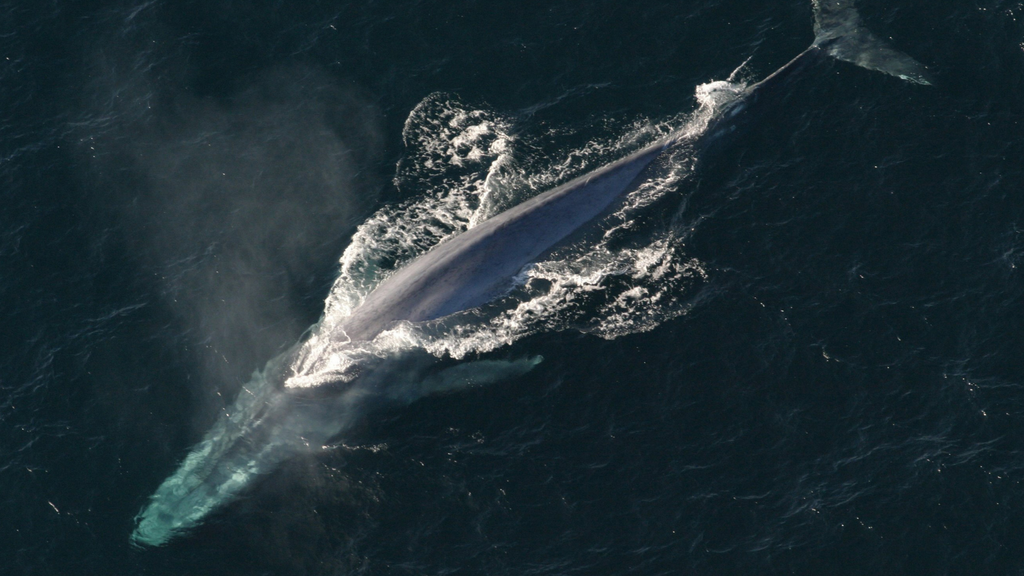An article published on Wednesday in the journal Nature co-authored by Olivier Lambert of the Royal Belgian Institute of Natural Sciences (RBINS) reported findings of a gargantuan ancient whale fossil whose estimated size could rival the blue whale's title of heaviest animal ever.
"The estimated skeletal mass of P. colossus exceeds that of any known mammal or aquatic vertebrate," says the report.
13 years ago, palaeontologist Mario Urbina and an international team discovered 13 vertebrae (weighing 100 kg each) and four ribs (measuring 1.4 m long each) in the southern coast of Peru, but it took well over a decade for the skeleton to be adequately studied.
A peaceful giant
The aquatic giant named Perucetus colossus lived 39 million years ago, measured up to 20 m long and weighed between 85 and 340 tonnes. The team estimated the weight of the mammoth-sized creature (which was actually larger than a mammoth) by using the ratio of soft tissue to the skeleton mass of other marine mammals.
They concluded that Perucetus colossus is a newly discovered extinct species of basilosaurid, an ancestor of cetaceans like whales and dolphins. Both Perucetus colossus and cetaceans are descendants of land animals, and Perucetus colossus was the first of its kind to adopt an entirely aquatic lifestyle in its species' slow descent into the sea.
"Because of its heavy skeleton and, most likely, its very voluminous body, this animal was certainly a slow swimmer. This appears to be, at this stage of our analysis, a kind of peaceful giant, a bit like a super-sized manatee. It must have been a very impressive animal, and maybe not very scary," Lambert told Reuters.

Belgian palaeontologist Olivier Lambert and Stijn Goolaerts pictured with the fossil of a 3,5 million year old bowhead whale at the Royal Belgian Institute of Natural Sciences. Credit: Belga / Jonas Roosens
A gigantism revolution
Perucetus colossus was also an important discovery because it revolutionised experts' understanding of gigantism in cetaceans. Previously believed to be only a relatively recent evolutionary trait, "Perucetus indicates that cetaceans developed gigantism at least twice: in relatively recent times, with the evolution of the large baleen whales, and some 40 million years ago," Giovanni Bianucci, lead author of the report, told Reuters.
The huge sea creature was curated at the Museo de Historia Natural, Universidad Nacional Mayor San Marcos in Lima. The Royal Belgian Institute of Natural Sciences confirms that Mario Urbina and his team will continue to explore the Peruvian desert for more ancient skeletons.

